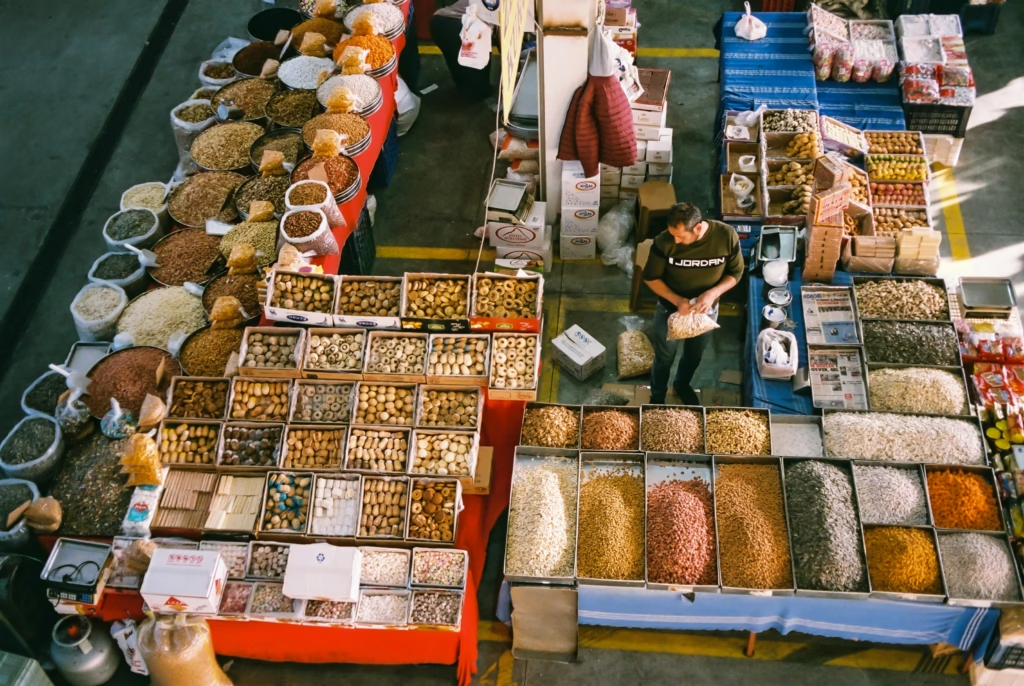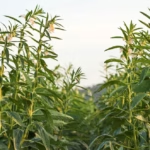
The beauty and skincare industry is constantly evolving, driven by consumer demand for natural, effective, and ethically sourced ingredients. Among the standout ingredients that have become a cornerstone of clean beauty is shea butter, derived from African shea nuts. For centuries, African communities have relied on shea nuts for their nourishing, moisturizing, and healing properties. Today, this traditional resource is gaining widespread popularity in global cosmetic markets, making African shea nuts a highly valuable export commodity.
In this blog, we’ll explore how African shea nuts are harvested, processed, and exported, the role they play in the modern beauty industry, and why sustainable sourcing from Africa is critical for both producers and consumers.
The Origins and Value of African Shea Nuts
Shea trees are native to the dry savannah belt of West Africa, with major production zones in countries like Ghana, Nigeria, Burkina Faso, Mali, and Côte d’Ivoire. The tree, often referred to as the “Tree of Life,” takes about 15–20 years to start producing nuts and can live for over 200 years.
The nuts of the shea tree are rich in fatty acids and vitamins, making them ideal for use in moisturizers, lip balms, hair conditioners, and even therapeutic ointments. When the nuts are harvested and processed, they produce shea butter—a creamy, nourishing fat that is now a common ingredient in personal care products worldwide.
This natural source of beauty and wellness has earned shea nuts a premium status in the global cosmetic and skincare industries, fueling the growth of African shea nuts export.
The Processing Journey: From Nut to Butter
The journey of shea butter begins with hand-harvesting the nuts, typically done by women in rural African communities. After collection, the nuts are boiled, sun-dried, cracked, roasted, ground, and kneaded into a thick paste, which is then cooked to extract the fat—shea butter.
In recent years, many cooperatives and exporters have introduced mechanical methods and better hygiene standards to ensure consistency, reduce labor, and improve product quality. Still, much of the processing remains a labor-intensive and culturally significant activity, with women playing a central role.
Because of its unique production process and long-standing cultural value, African shea nuts represent more than a commodity—they represent empowerment, tradition, and sustainability.
Shea Butter in the Global Beauty Market
The demand for shea butter has exploded in recent years. From luxury brands to drugstore cosmetics, products that claim to hydrate, heal, or rejuvenate often contain shea butter as a key ingredient. It is especially valued for:
- Moisturizing: Shea butter is deeply hydrating without being greasy, making it ideal for dry or sensitive skin.
- Anti-inflammatory properties: It contains compounds that help reduce inflammation and soothe irritated skin.
- Vitamins A and E: These antioxidants protect the skin from damage caused by free radicals.
- UV protection: While not a replacement for sunscreen, it does offer minimal UV shielding.
Thanks to these benefits, African shea nuts have carved a niche in the beauty industry that continues to expand each year.
Sustainability and Ethical Sourcing
As demand increases, sustainability becomes even more important. The shea tree grows wild and cannot be farmed like traditional crops, which limits supply and makes conservation critical. Overharvesting, deforestation, and climate change threaten the shea belt’s long-term viability.
Ethical sourcing of African shea nuts includes fair trade practices, gender equity in labor, and environmental responsibility. Many cooperatives ensure that women are paid fairly, trained in improved processing methods, and given ownership over the value chain.
Buyers are also becoming more conscious. Brands increasingly demand traceability and certifications to ensure that their products support rather than exploit local communities. These practices not only create a more ethical supply chain but also enhance product appeal to socially aware consumers.
Ahar Group and the Role of Reliable Exporters
In this context, exporters like Ahar Group play a pivotal role in connecting African producers to global markets. With a commitment to quality, transparency, and sustainable sourcing, companies like Ahar ensure that African shea nuts reach international buyers in premium condition.
They work closely with farming cooperatives to maintain quality standards and improve efficiency, while also ensuring that the benefits of global trade reach the grassroots level. By creating direct trade channels and eliminating unnecessary intermediaries, such exporters add value to both ends of the supply chain.
The Economic Potential for Africa
Beyond beauty, African shea nuts represent a real economic opportunity for the continent. The shea industry supports millions of livelihoods, particularly among women in rural communities. When managed sustainably, the trade can help reduce poverty, empower local entrepreneurs, and bring new infrastructure and development to underserved areas.
Investments in mechanized processing, transport, and market access can dramatically increase the income potential of shea-producing regions. Governments and NGOs are also beginning to recognize the importance of shea as a strategic export crop, offering support through training programs and funding initiatives.
As the global market expands, Africa has a chance to become not just a raw material supplier, but a leader in value-added shea products—boosting revenue and improving the lives of local communities.
Looking Ahead: The Future of African Shea Nuts
The future of African shea nuts looks promising, with global awareness growing around both the benefits of shea butter and the importance of sourcing it ethically. As beauty consumers become more ingredient-savvy and socially conscious, African shea will continue to rise in value.
To meet this demand sustainably, investment in women-led cooperatives, environmental conservation, and modern processing will be key. Exporters, buyers, and policymakers must work together to ensure that the full value of this powerful natural resource benefits those who have nurtured it for generations.
Conclusion
African shea nuts are more than just an ingredient—they are a story of tradition, community, and natural beauty. As they continue to gain traction in the global beauty industry, there is an opportunity to make the shea trade a force for good. From village harvests to premium skincare lines, the journey of shea is a testament to Africa’s potential and the global shift toward conscious consumption.
By valuing quality, ethics, and sustainability, the beauty industry and African exporters can together ensure that shea continues to enrich lives—on both sides of the supply chain.











Add comment